
— Why Earthquake-Resistant Design and Building Codes Matter
When an earthquake hits, the difference between survival and disaster often comes down to one thing: the strength of the buildings around you.
In many recent major earthquakes, collapsed buildings have been the leading cause of death. But why do some structures fall apart while others remain standing?
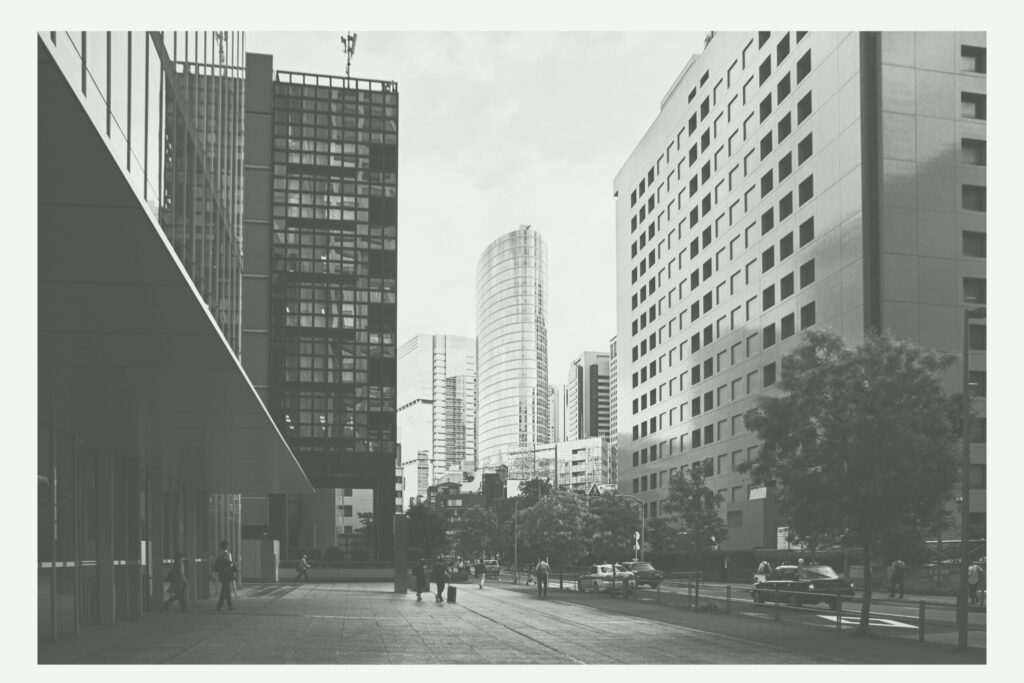
Building codes are legal standards that define how structures must be built. Good codes:
Unfortunately, in many countries:
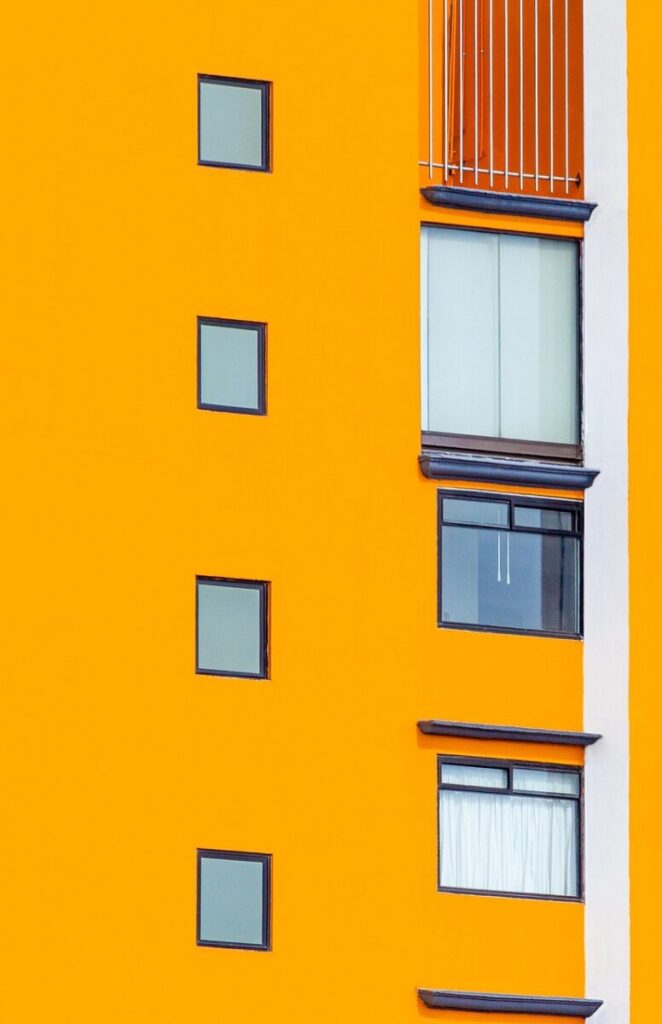
Some countries have strict building regulations that require new constructions to withstand seismic forces. Others, especially in regions where earthquakes are rare, have no seismic codes at all. Even in places with such codes, enforcement may be weak or outdated.
🌍 Examples of Earthquake Disasters Worsened by Poor Construction or Weak Regulations
Turkey (2023):Many structures failed due to poor materials, illegal modifications, and non-compliance with modern codes.
Haiti (2010):Magnitude 7.0 quake caused over 200,000 deaths. Widespread use of non-engineered buildings with no seismic standards.
Nepal – Gorkha Earthquake (2015):Around 9,000 deaths. Unreinforced masonry and poor enforcement of building codes led to widespread collapse.
Pakistan – Kashmir Earthquake (2005):86,000+ lives lost. Rural buildings and public facilities were built without any seismic resilience.
Iran – Bam Earthquake (2003):Over 26,000 killed. Adobe buildings with no reinforcement crumbled easily.
Peru – Pisco Earthquake (2007) : 600 dead, thousands injured. Unreinforced brick buildings collapsed due to poor oversight and outdated practices.
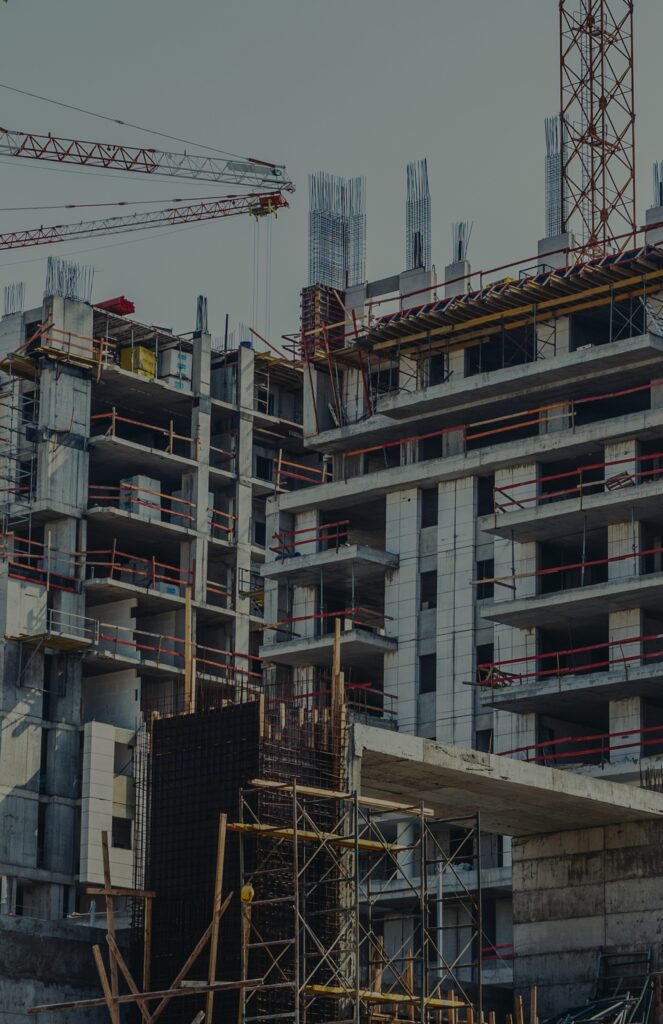
🌍 Countries with Strong Earthquake Building Codes
Japan:A world leader in earthquake preparedness. Uses base isolation systems, seismic dampers, and strict building code updates after major earthquakes (e.g., 1995, 2011).
Chile:Seismic design is mandatory for most structures, with modern codes updated regularly.
United States (especially California):The International Building Code (IBC) sets a strong national framework.
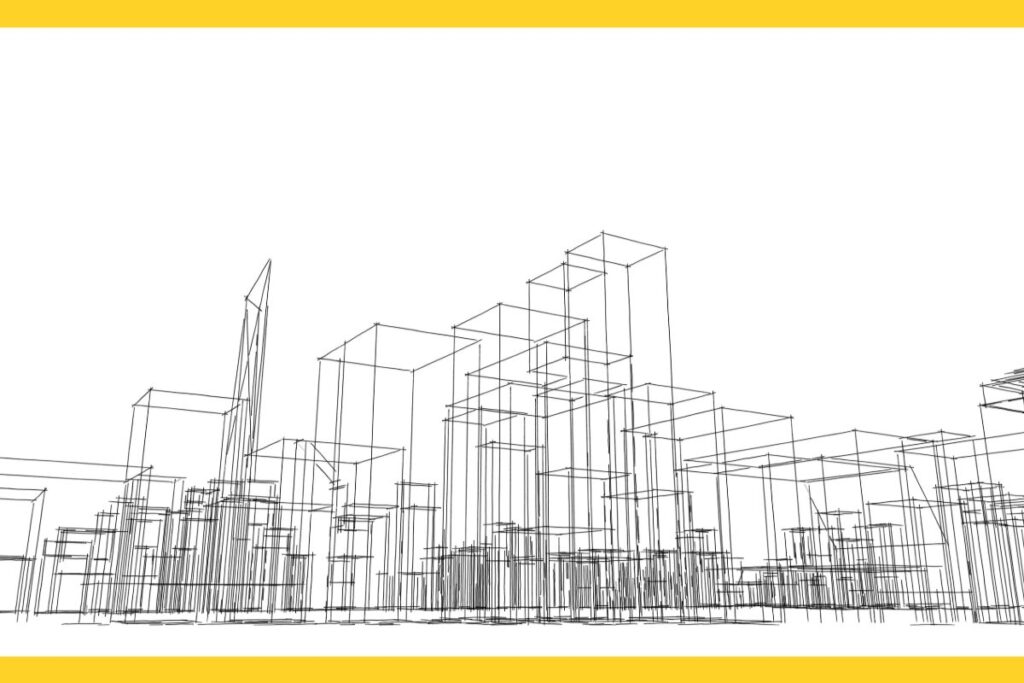
New Zealand:After the Christchurch earthquakes, seismic codes were overhauled. The New Zealand Building Code (NZBC) requires seismic evaluation and retrofitting of vulnerable buildings.
Taiwan:Adopts design practices similar to Japan. After the 1999 Chi-Chi Earthquake, seismic codes were strengthened.
Turkey:The 1999 İzmit Earthquake led to major changes in national codes. The Turkish Seismic Code has been updated to international standards. However, compliance in older buildings is still a concern.
Even if you’re not an architect, you can still take action:
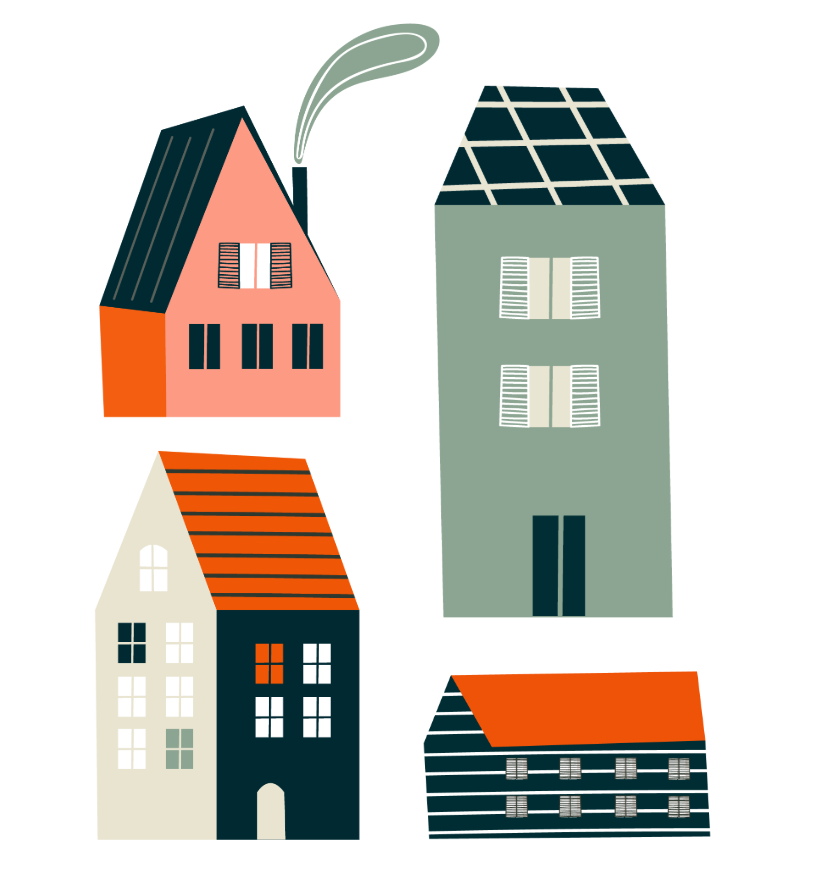
📢 Protect your home before the shaking starts!
When a big earthquake hits, falling furniture can be deadly. Is your bookshelf, cabinet, or TV safely secured?
💡Quick safety checks you can do today:
Early warning systems and emergency kits are important—but they won’t help if the building collapses in seconds. The best way to save lives in an earthquake is to ensure people live and work in buildings that won’t kill them.